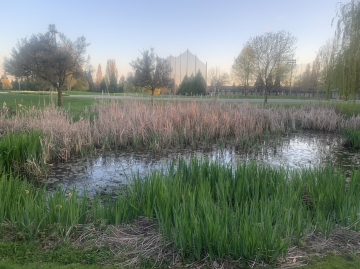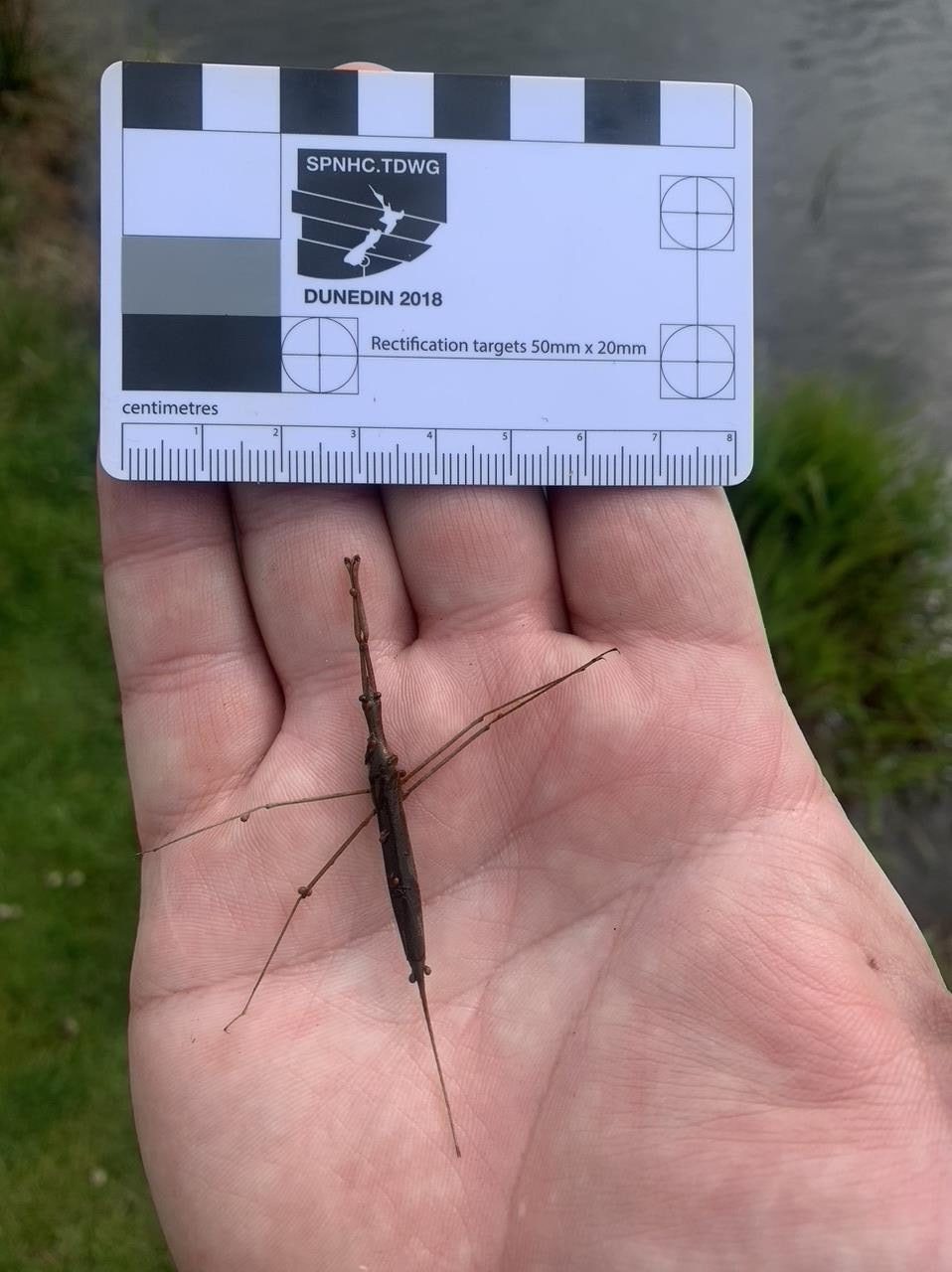‘BioBlitz’ is an intense period of biological surveying in an attempt to record all the living species within a designated area. Groups of scientists, naturalists and volunteers conduct an intensive field study over a continuous time period with the goal of getting the public interested in biodiversity. Read more here!
 During the Covid-19 physical distancing restrictions, Karen Needham, Collections Curator for the Spencer Entomological Collection, encouraged the Beaty Museum’s bioblitz crew composed of six researchers to collect insects in and around their homes, on their decks, in their gardens, in their back yards, at a park nearby, or even inside their homes.
During the Covid-19 physical distancing restrictions, Karen Needham, Collections Curator for the Spencer Entomological Collection, encouraged the Beaty Museum’s bioblitz crew composed of six researchers to collect insects in and around their homes, on their decks, in their gardens, in their back yards, at a park nearby, or even inside their homes.
Researchers will be working individually on the 19th of each month, in various areas around the Lower Mainland, in Vancouver, Richmond, Burnaby, and Coquitlam.
According to Karen, it is extremely important that biodiversity researchers document, for future generations, the state of natural history during this unprecedented historical event.
These specimens will wind up in the Spencer Entomological Collection at the Beaty Biodiversity Museum, with a “pandemic insects” data label, so that future researchers will have access to them for their biodiversity projects.
During our inaugural “bioblitz” on April 19th, Chris Stinson captured, photographed, and released a cool aquatic critter known as a water scorpion, Ranatra fusca (Hemiptera: Nepidae). The common name refers to the long “tail” at the end of its abdomen, which is actually a siphon, or breathing tube. Although it spends all of its life in water, it is actually an air breather and so it hangs upside down from the surface of the water, sticks its siphon out of the water, and uses it to fill its tracheal system (a series of branching tubes inside its body) with air from the terrestrial environment, sort of like the snorkel you would use to breath while looking at beautiful tropical fish underwater.
Water scorpions are ambush predators, stick-like in appearance for camouflage, with long, raptorial forelegs for grasping their prey (mainly other insects in the pond), impaling them on small barbs lining the inside of each leg.
As an added bonus, in the photo the little round things that you can see all over its body and legs are aquatic mites, which attach to and feed on the water scorpion. They are just a few more fascinating members of the pond community!

